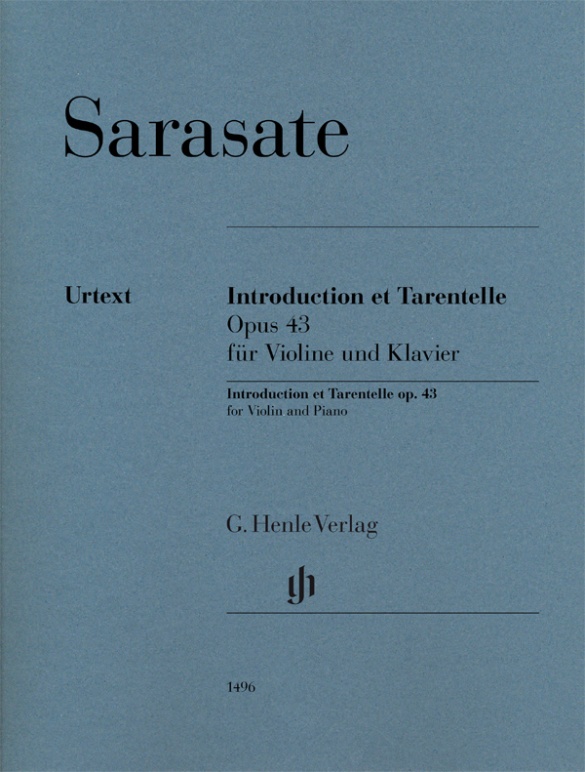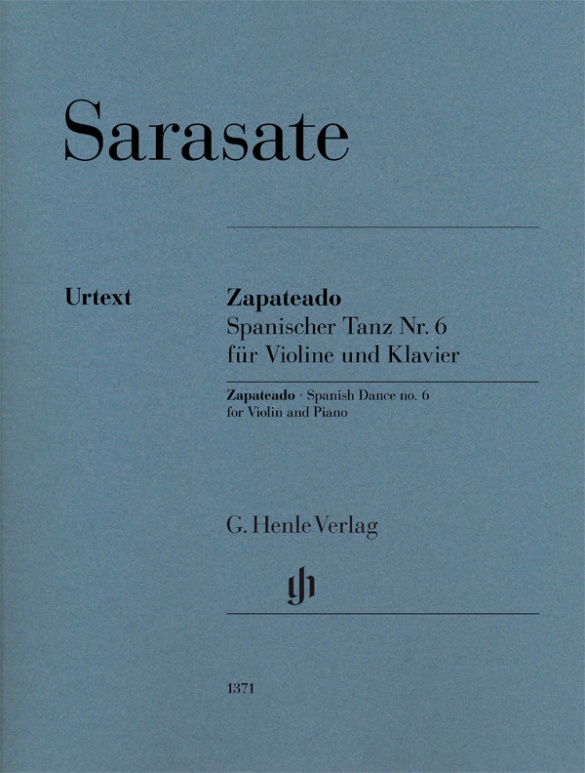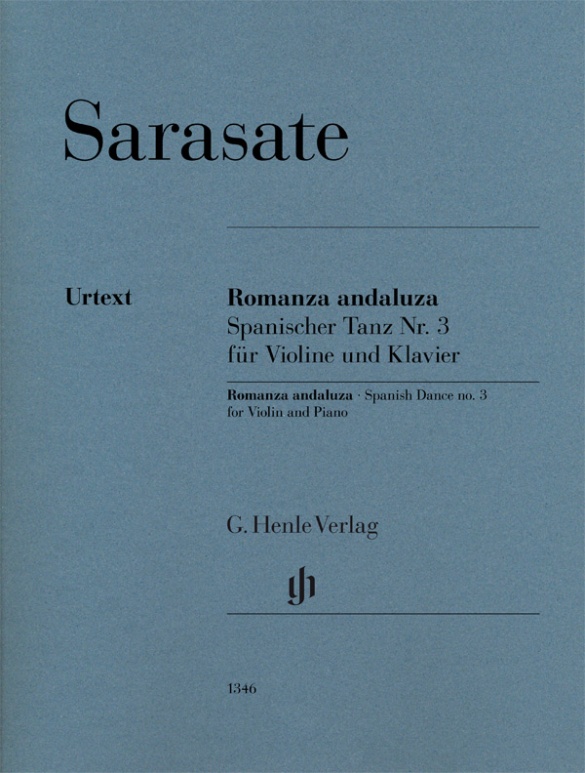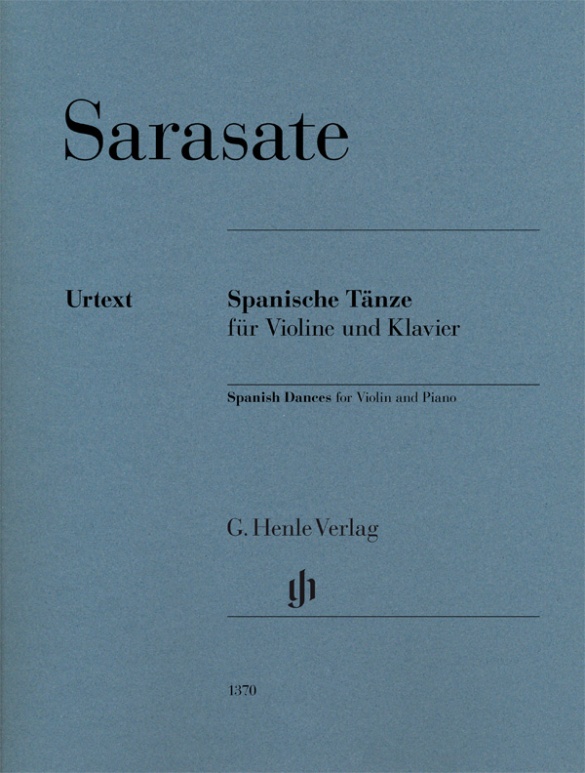

Pablo de Sarasate
Spanish Dances for Violin and Piano
Just like many other violin virtuosos of the 19th century, Pablo de Sarasate also composed a series of pieces for violin and piano (or orchestra) for his own concert use. Highly virtuosic salon pieces with echoes of national folk music traditions from all over Europe are at the centre. Sarasate published his eight Spanish dances in four books between 1878 and 1882. They alternate between fiery passion and a yearning expressiveness, and are undoubtedly among his most successful compositions. In masterly fashion, Sarasate here mixes up Spanish folk tunes with arrangements of popular compositions of the time. As in the case of the Henle Urtext edition of Sarasate’s Zigeunerweisen (HN 573), a violin wizard of our own time is responsible for the fingerings and bowings: Ingolf Turban.
Content/Details
About the Composer
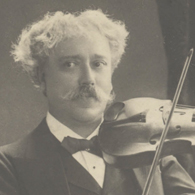
Pablo de Sarasate
A violinist and composer from Spain. During his childhood he already rose to become a celebrated virtuoso whose precise playing was described as brilliant and having a beautiful tonal quality. He was the dedicatee of world-famous violin concerti including Max Bruch’s Violin Concerto No. 2, op. 44. He himself wrote works for orchestra, including fantasies on operatic themes, as well as salon and chamber music. His musical language is characterized by folk elements.
| 1844 | Born in Pamplona on March 10. His father, the director of a military band, fosters his musical education. A child prodigy, he makes his debut as a violinist at approximately eight years of age. He studies in Madrid with Manuel Rodríquez. |
| 1856 | With the support of the Spanish court he studies violin at the Paris Conservatoire under Jean-Delphin Alard and harmony with Napoléon-Henri Reber. |
| 1857 | He is awarded the Conservatoire’s first prize in violin. |
| 1858 | He wins the Conservatoire’s first prize in harmony. |
| from 1860 | Up to 200 concerts per year take him throughout Europe, Russia, the United States, and South America. His repertoire includes the violin concerti of Beethoven and Mendelssohn. He also increasingly focuses on chamber music. |
| 1908 | Dies in Biarritz on September 20. |
About the Authors

Peter Jost (Editor)
Dr. Peter Jost, born in 1960 in Diefflen/Saar, read musicology, German and comparative studies at Saarland University in Saarbrücken. He did his PhD in 1988 with a thesis on Robert Schumann’s Waldszenen.
From November 1991 to April 2009 he was a research associate at the Richard Wagner Complete Edition in Munich, and since May 2009 has been an editor at G. Henle Publishers. His Urtext editions comprise predominantly French music of the 19th and 20th centuries, including works by Lalo, Saint-Saëns and Ravel.
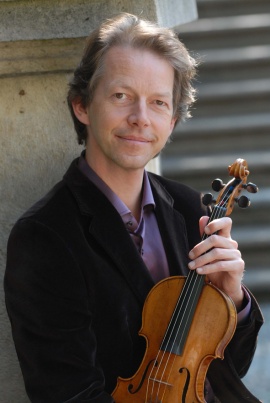
Ingolf Turban (Fingering and bowing for Violin)
Product Safety Informations (GPSR)

G. Henle Verlag
Here you can find the information about the manufacturer of the product.G. Henle Verlag e.K.
Forstenrieder Allee 122
81476 München
Germany
info@henle.de
www.henle.com
These highly effective and inventive concert pieces are here beautifully edited by Henle in their usual fastidious fashion. Two violin parts, one with fingering and bowing by Ingolf Turban include fold-out pages to facilitate turns.
Stringendo, 2018推荐
autogenerated_cross_selling
本书目其他版本
本书目其他版本


